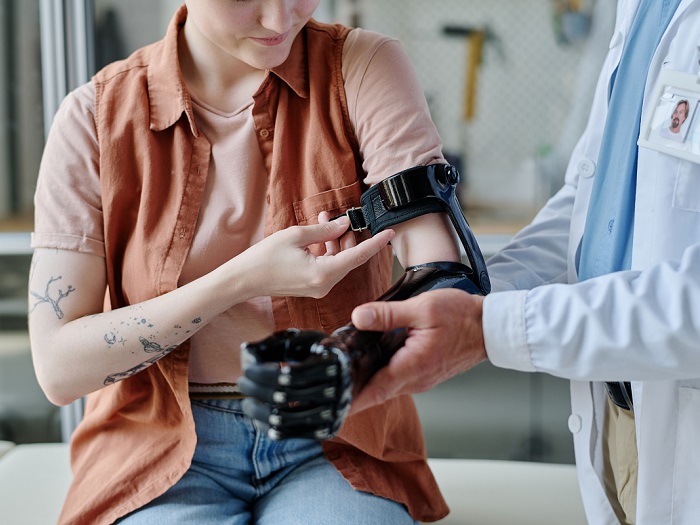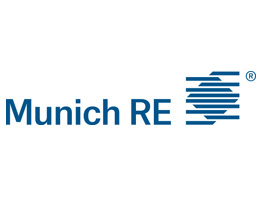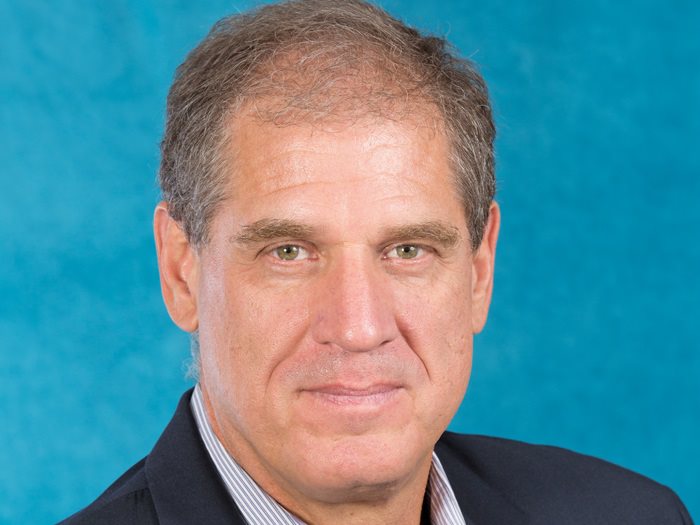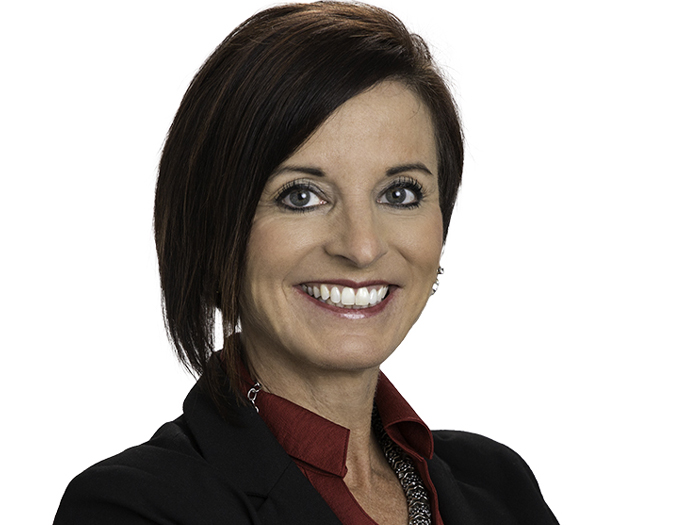5 Best Practices for Managing Complex Workers’ Comp Cases

A complex workers’ comp case often involves a catastrophic injury that requires hospitalization and has long-term effects on function. A traumatic amputation, TBI, spinal cord injury or severe burn would all qualify. In addition to severe physical injury, these cases also have a significant mental and behavioral health component.
Injured workers may have to relearn how to perform basic tasks or deal with chronic pain, and often will have to form a new sense of self as their role in the workplace and within their own family changes. Case managers have a big job in helping these workers to navigate new challenges and move forward in their recovery.
Verna Jackson, MA, vice president at Broadspire Case Management, outlined five best practices to ensure optimal outcomes for injured workers and their families, which in turn help to control costs for workers’ comp payers.
1) Early outreach to the injured worker and their family
After a traumatic injury, an injured worker will be experiencing fear, confusion and stress about their future. Early outreach is critical to help that worker understand what happens next, alleviate their fears and reassure them that someone is in their corner helping to coordinate all the pieces of the puzzle.
This applies not just to the injured workers themselves but also to their families, who will be just as concerned and can easily be left out of the communication loop.
“It’s important to have a case manager at the hospital as soon as possible after the injury occurs. In many cases, the injured worker’s loved ones will have to travel to the hospital where they are admitted. We will help them find lodging, try to make them feel at home, and educate and advocate for them as much as possible,” Jackson said.
2) Proactive coordination of follow-up care

Verna Jackson, MA, vice president at Broadspire Case Management
Coordinating follow-up care after a patient is discharged from the hospital is a big task. The injured worker may need special equipment, which could range from a walker or commode to custom orthotics or prosthetics. They’ll need appointments scheduled with doctors, physical therapists, counselors and other providers.
Getting these pieces in place quickly again helps to streamline care and make the recovery process more seamless for an injured worker and their family. This is easier when claim management companies have a strong network of quality providers.
“We have developed and work with our own centers of excellence to make sure that the injured worker is getting the best care. Here at Broadspire, we have our preferred providers to meet a range of needs. For example, we have a partner who deals mainly with prosthetics and orthotics. So if we have a patient who has had an amputation, we know that we’re going to that partner first, and we’ll be first on their list. Therefore, our clients and our injured workers are first on their list, too. We know that they are going to receive the right care promptly,” Jackson said.
3) Easing communication through a central point of contact
Navigating a long and complex recovery journey can be even more difficult in the world of workers’ comp due to the number of stakeholders involved. It’s not just the patient and their care team — it’s the adjuster, case manager, employer and insurer as well.
When an injury first occurs, it’s not always clear how to start the workers’ comp claim process. Especially in the case of a catastrophic injury, those initial moments can be overwhelming and confusing. Having a central point of contact to align relevant parties and get a claim started can ease some of the communication challenges involved in complex cases and ensure prompt delivery of care.
“As soon as an injury happens, we have a hotline directly to our CAT case manager. She handles those initial contacts with everybody involved. She ensures that a case manager gets out to the hospital as soon as possible. We always have a backup if she is not available. So we make sure there is always that central point of contact available 24/7,” Jackson said.
4) Treating injured workers holistically
Recovering from a catastrophic injury entails much more than improving physical function, which may never return to baseline. It is critical to consider the mental and behavioral health impacts of the injury and address those from the start.
“We have to look at our patients in a much more holistic manner than we ever have before, which, again, pulls in mental health and the role of the family,” Jackson said.
“Case managers must be an advocate for the injured worker, educate them on what the future might look like, talk with them about their responses to pain, really give them a full spectrum of how things might change. Our goal is to work just as closely with the family in managing these expectations. If we start to build rapport in the hospital, hopefully they feel comfortable enough to share how things are going at home and ask for help if they need it. We need to be able to provide that support,” she said.
5) Utilizing the latest advances in technology for treatment
New medical technology offers injured workers a breadth of options to facilitate their physical and emotional recovery.
Virtual reality technology, for example, can be used to help treat post-traumatic stress and anxiety disorders. Effective case management involves making these options easily accessible to patients.
“At Broadspire, we partner with Harvard MedTech, which specializes in VR therapy. It provides the injured worker with a device and offers video programs guided by professional counselors. They’re getting education specific to their unique challenges,” Jackson said.
“We have a client doing a pilot with them focusing on injured workers who have had very complex cases … people who have had multiple injuries, with very high levels of pain, high levels of anxiety, who have been out of work for a long time. We are seeing that there’s an impact on those cases where their levels of pain are dropping. The number of hours that they sleep per night is going up, and they are attributing those changes to the VR therapy.”
Of course, every patient’s recovery journey will look different depending on the injury, their unique physical and behavioral health histories, and their level of social support, but following these best practices gives case managers the best chance of steering that journey in the right direction. &










